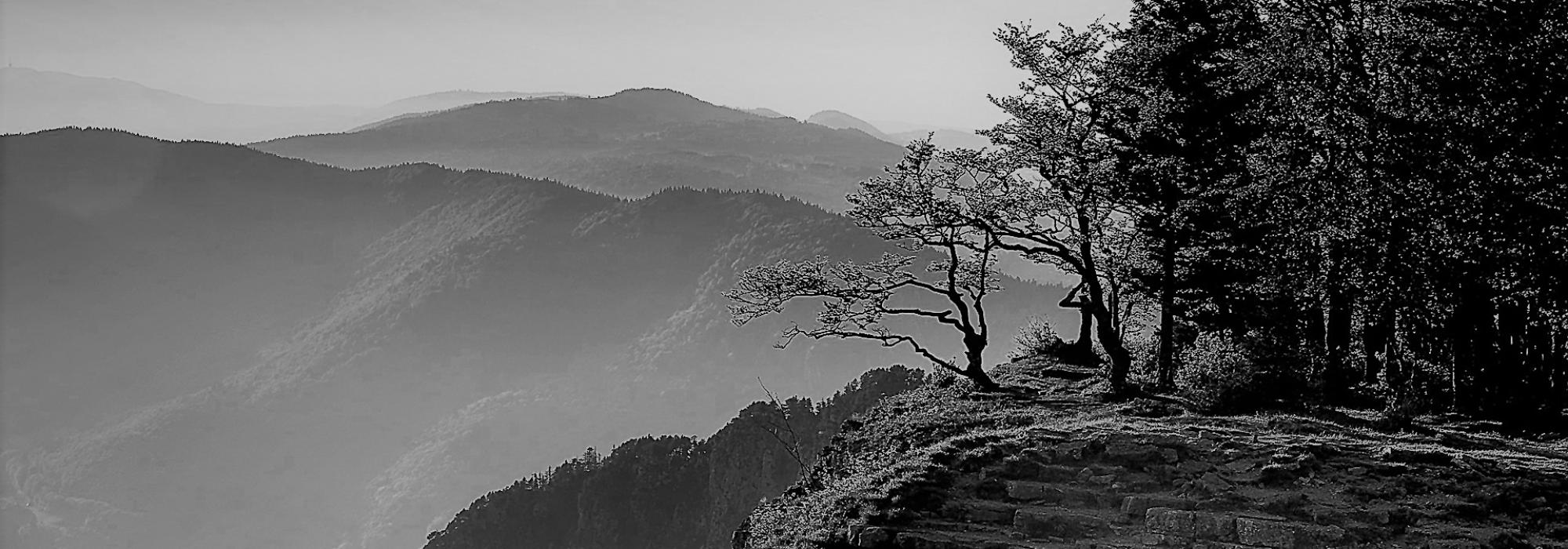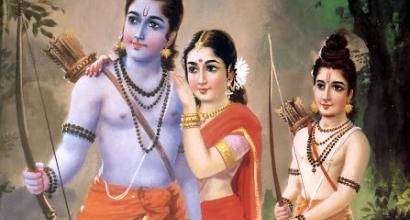We don’t know if there are more plays written by Bhāsa. We have been able to find fourteen now. Many compendiums of poems quote quite a few verses that are supposedly penned by Bhāsa; however, they don’t appear as a part of the fourteen plays we have discussed so far. It is, therefore, possible that he had authored a few more plays and such verses were part of those. Even if it turns out that he had authored only these fourteen plays, it is quite a landmark in the history of Sanskrit literature; we say this because no other poet has single-handedly penned these many plays. There is much variety in the genre and themes of his plays. Though most plays are based on popular themes and are not created by the poet, the creative improvisations that he makes upon them add colour to the work. There is a change in the characteristics of the main players in the story; even the sequences that are boring become captivating; many episodes are condensed and the others are elongated. Bhāsa’s skill becomes evident from the titles he has given to his plays – Pratimā-nāṭaka, Pañca-rātra, Madhyama-vyāyoga, etc. The names are simple, concise, and suggestive. We cannot guess the storyline as we can in the plays like the Śākuntala. Every play penned by Bhāsa has an episode that is imagined by the poet and such episodes act as the fulcrum around which the popular story changes its course. Once the play begins, it flows smoothly without hiccups and obstacles. The sthāpanā is in accordance with the rest of the play; as soon as the sūtra-dhāra becomes vijñāpana-vyagra, i.e., starts to engage himself in telling the audience that the play is about to begin, he hears a commotion behind the scenes. Such short sthāpanās are rare in plays authored by other poets.
We don’t know what the stage properties looked like back then and it is hard to imagine how abhinaya was; nevertheless, Bhāsa’s plays have great potential to be staged in an entertaining manner; it can enrapture all kinds of audiences. The Pratimā-nāṭaka and Svapna-vāsavadatta need trained and talented actors to play roles. Plays such as Pratijñā-yaugandharāyaṇa, Pañca-rātra, and Bāla-caritra have hallīśakā and other forms of dance; Abhiṣeka-nāṭaka has segments where gandharvas and apsarās sing; the Bāla-caritra contains detailing of Śrī-kṛṣṇa and Kaṃsa’s combat – they add to the visual appeal.
Just as these plays are appealing to the eyes, they appeal to the hearts as well thanks to their poetic charm. Let us take an example from Karṇa-bhāra to demonstrate their aesthetic appeal.
Karṇa, who is now the commander-in-chief of the Kuru army, drives his chariot into the battlefield. He recalls Paraśurāma’s curse and checks his weapons; he figures that they are powerless. His horses grow dull and tumble down; elephants withdraw. Conches and trumpets are heard all around! Even then, Karṇa does not retreat nor does he lose courage. “I will attain svarga if I die and if I win, I will gain good repute…. May those who don’t retreat from the battlefield gain immortality!”
This cannot be staged in actuality. However, the segment captures the struggle of a hero who was tormented by ill fate but was unparalleled in his valour; the spectator naturally grows compassionate about Karṇa.
Bhāsa’s plays do not contain too many alaṅkāras; upamā and rūpaka- alaṅkāras which put to test the poet’s talent are present to some extent; they are treasures rooted in aucitya and can lend themselves for comparison. Here are a few examples –
sūrya iva gato rāmaḥ sūryaṃ divasa iva lakṣmaṇo'nugataḥ|
sūrya-divasāvasāne chāyeva dṛśyate sītā|| (Pratimā-nāṭaka 2-7)
Rāma, Lakṣmaṇa, and Sītā – all divine beings followed one other and vanished from sight. With them gone, the world was in great agony; this is suggested beautifully by the poet through the verse.
Varṇanā – poetic descriptions occur only in a few places in some plays of Bhāsa. The viṣkambhakas of Avimāraka and Pañcarātra contain a few varṇanās. The aspect described in such segments is self-complete in all aspects and makes an impact on our hearts. Two examples from the Pratimā-nāṭaka stand testimony to this –
ghanaḥ spaṣṭo dhīraḥ samada-vṛṣabha-snigdha-madhuraḥ
kalaḥ kaṇṭhe vakṣasyanupahata-sañcāra-rabhasaḥ|
yathā-sthānaṃ prāpya sphuṭa-karaṇa-nānākṣaratayā
caturṇāṃ varṇānām-abhayam-iva dātuṃ vyavasitaḥ|| 2-7
bhramati salilaṃ vṛkṣāvarte saphenamasthitaṃ
tṛṣita-patitā naite kliṣṭaṃ pibanti jalaṃ khagāḥ|
sthalam-abhipatantyārdrāḥ kīṭā bile jala-pūrite
nava-valayinī vṛkṣā mūle jala-kṣaya-rekhayā|| 5 – 2
Such profound descriptions of simple ideas are rare even in śravya-kāvyas like those authored by Kālidāsa,
Bhāsa’s plays are filled with sequences that evoke different kinds of hāsya. It is not limited to vidūṣaka’s gluttony of modakas. The following are a few instances from the Yajña-phala:
- The following are the words spoken by Tāmyāyana, the student of a ṛṣi:
What is so great about it[1]? Why should we praise him? He is the son of a king; he enjoys sumptuous and tasty meals all day. Servants and assistants are always around to help him. Many upādhyāyas teach him with great love. It is therefore not surprising that he is well-educated! Students like us, on the other hand, must serve our guru regularly, even if he is hale and healthy; we beg for food and live upon the alms that we procure. We must live in the fear of the guru; we sleep on a dry bed of leaves and logs. We hardly get time to study. Thus, the little knowledge that we have gained is much more valuable than the little knowledge he has procured.
- When Sumantra asks, “Did you earn some gold?” the vidūṣaka says,
“What shall I do with gold? Can I eat it or wear it? Am I a king or a merchant who desires gold?”
- The following is the description of the vidūṣaka, who is bewildered upon hearing about Viśvāmitra
He has two faces and four arms, and does not possess a back; the frontal part of his body is seen on both sides… he recites the Vedas from one of his mouths and scolds from the other… he performs brāhma-karmā with two of his arms and fights war with two others.
Gopila – Did you see all this?
Vidūṣaka – Fool! I did not see this. I have only heard about it; What is heard (śruti) is more authentic than what is seen, isn’t it? We might not be able see when there is smoke or when we have an eye infection; but under no circumstances do our ears deceive us.
To be continued ...
The current series of articles is an enlarged adaption of Prof. A. R. Krishnasastri's Kannada treatise Saṃskṛta-nāṭaka. They are presented along with additional information and footnotes by Arjun Bharadwaj.
[1] The fact that Rāma had proved himself to be better than everyone else in his learning











































